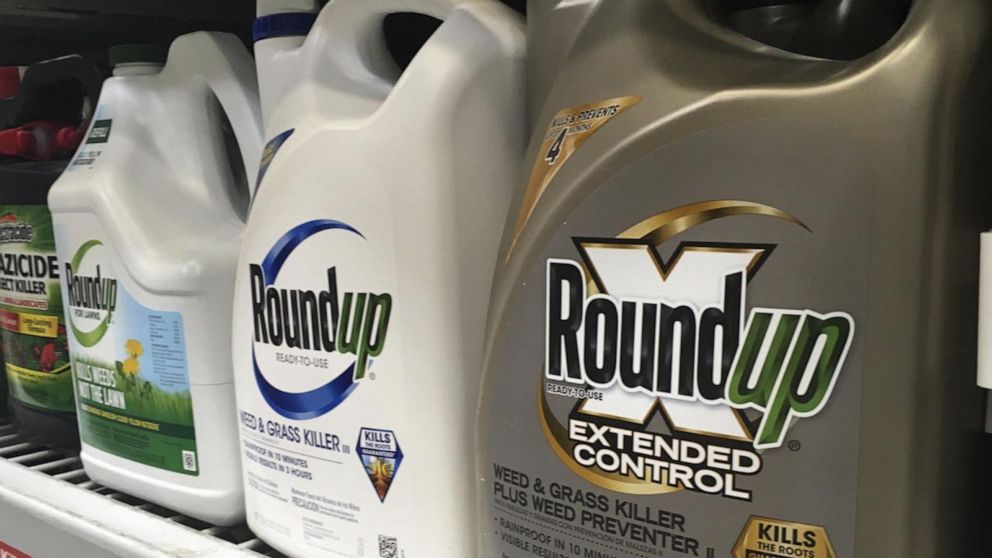Q. How can I get rid of spurge in my vegetable
garden? I have been hoeing it and hand pulling it just about every day,
but it appears to be getting ahead of me this year. I do not use any
chemicals in my garden, so that is not an option.
A. Shade. Spurge hates shade.
What is Spurge?
Spurge is a pernicious
weed; it hugs close to the ground when it grows and germinates rapidly from
seed it produces in less than 30 days during summer months. It can also grow
new roots if it is hoed and left on top of wet garden soil. It must be removed
after hoeing since this plant produces seed continuously.
 |
| Pepper with horse bedding for mulch. |
Its strengths are how much seed it produces, how fast the seed germinates and
its ability to root in moist soil once it’s been hoed. But its big weakness is
shade. By that I mean it doesn’t take much to shade it out. If the garden space
is full of plants and producing a lot of shade, spurge has a difficult time.
There are several types of spurge, but I think yours is prostrate or creeping
spurge that hugs the ground and makes a tiny drop of white latex when the stem
is broken. And of course, lots of seed!
 |
| Weeds in onions controlled with horse bedding as mulch |
Control Most Weeds with Mulch
Weeds rob watered light. That’s also their weakness. So, use a surface mulch (½ inch deep)
thick enough to shade the soil to defeat it. The application of anything deep
enough to keep light from getting to the seed will keep it from growing.
 |
| Horse bedding is nice as a mulch because it decomposes quickly when its wet. |
Apply
this surface mulch after planting or the after the seed is up. Garden mulch
includes horse bedding, straw, paper (sheets, strips or shredded), cardboard,
or anything else that blocks light from reaching the seed.
Apply this surface mulch early in the season and hoe the soil surface before
you put it down. Spurge seed produced during August and later will not
germinate until next year. But any older seed still lying on the soil will
germinate if it gets water and light. By the way, most annual weeds like spurge
(and many others) hate mulch.






